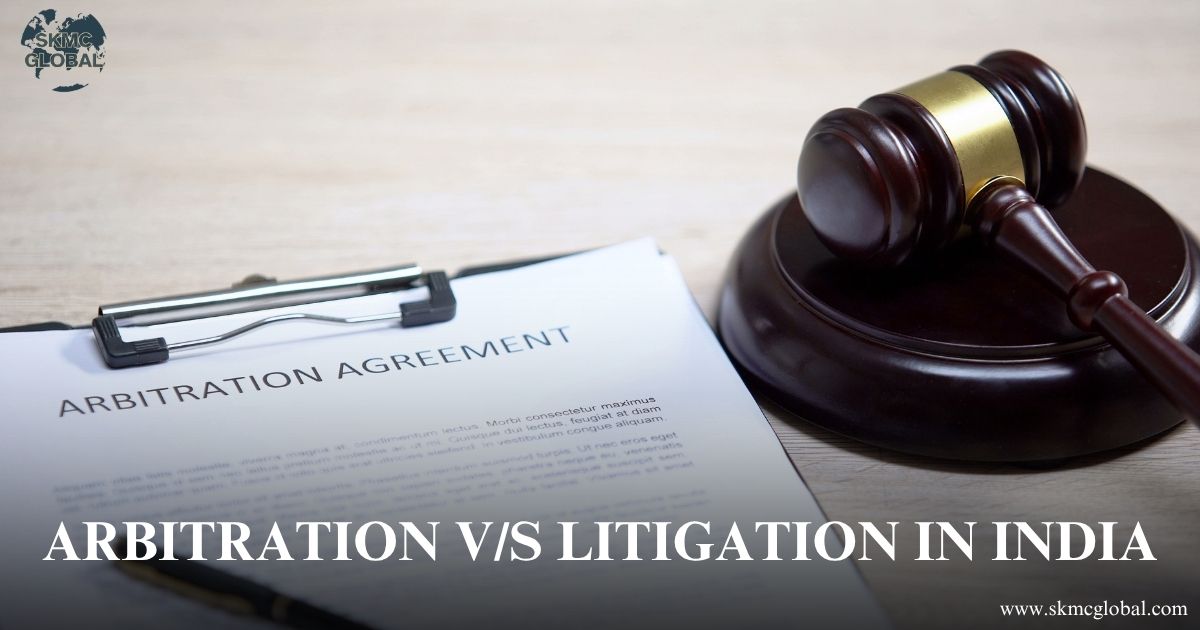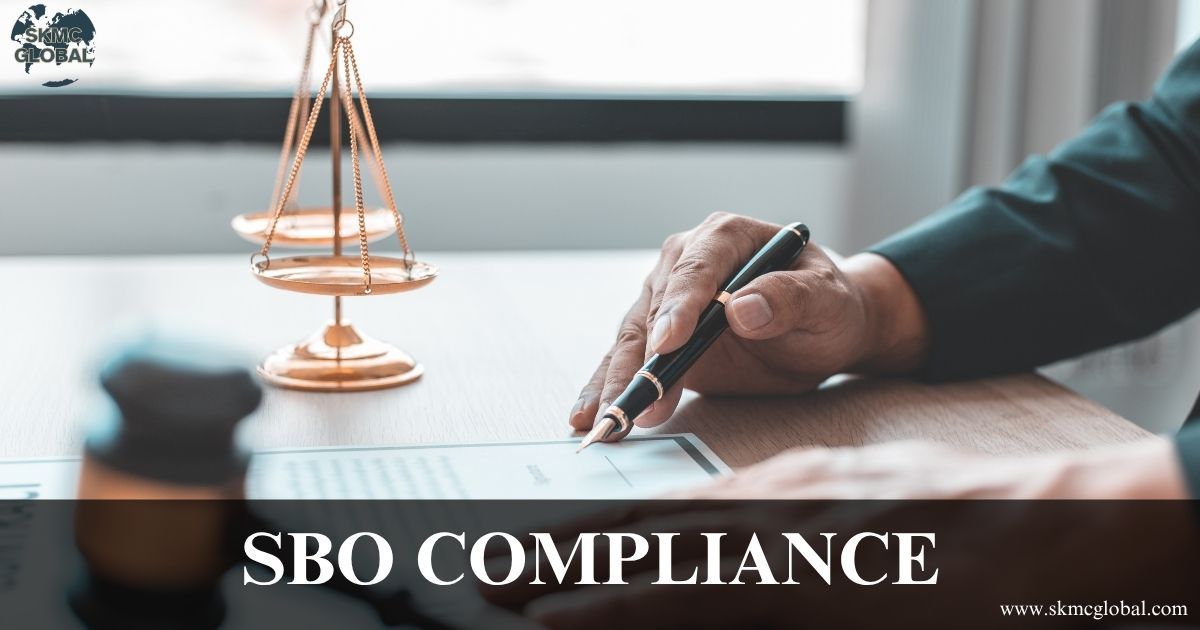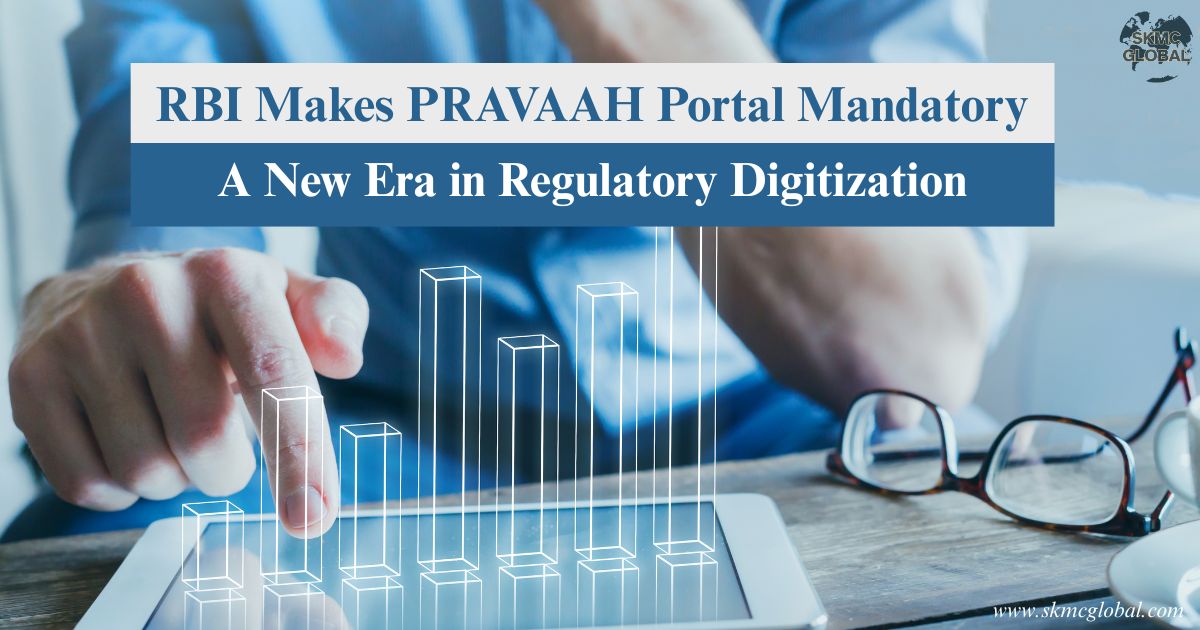
Introduction
If a company or an LLP is struck off or becomes dormant, closure in a legal manner by striking off of a company is the suggested route. Strike off of a company is a less complicated and less expensive exit option in relation to formal winding-up. With the evolution of the regulatory systems and introduction of centralized mechanisms such as C-PACE, the company strike off procedure has become easier, quicker, and standardized.
In India, thousands of companies have been availing voluntary exit routes from time to time, which shows the increasing relevance of the knowledge of the company strike off procedure.
Procedure of Company Strike Off
The company can be struck off in two ways:
a. Voluntary Strike Off (Section 248(2), Companies Act, 2013)
Those companies which are not operational for two successive financial years and hold no liabilities may apply voluntarily for strike off of a company by filing Form STK-2.
b. Strike Off by Registrar (Section 248(1))
If a company is yet to commence business within a period of one year from the date of incorporation or has not carried on any business for two financial years and has not filed annual returns, the ROC may direct a company status strike off.
Eligibility Criteria
The company must follow the following for invoking the company strike off procedure:
- It has not operated during the last two financial years
- There is no litigation pending
- All dues and liabilities are paid
- All regulatory filings (MCA, Income Tax, GST) are made
- Bank accounts are closed
Those companies that meet these requirements are suitable for strike off of a company under Section 248.
Documents Required
Before proceeding with the procedure of striking off a firm, the following documents have to be prepared and filed:
- Board Resolution for strike-off
- Special Resolution approved by shareholders (75% majority)
- Affidavit and Indemnity Bond of directors (in Form STK-3 & STK-4)
- Certificate of Accounts dated within 30 days, attested by a Chartered Accountant (Form STK-8)
- Consent Letters of all the directors
- Bank Closure Certificate
- Copy of PAN and GST cancellation, if any
These documents form the basis of any successful company strike off process.
Step-by-Step Company Strike Off Process
Step 1: Board Resolution
Pass board resolution for company strike off and appoint a director to sign the application.
Step 2: Special Resolution
Hold a general meeting and pass a special resolution. File Form MGT-14 within 30 days of its passing.
Step 3: Close Bank Account and Settle Liabilities
Ensure that the company has no financial liabilities.
Step 4: Make Statement of Accounts
Have a Chartered Accountant certify the financials in Form STK-8.
Step 5: File Form STK-2
Submit the strike off application of the company along with attachments to the ROC/C-PACE.
Step 6: Public Notice and Objection Period
The Registrar issues a public notice, providing 30 days' time for objections from stakeholders.
Step 7: Striking Off
In the event of no objections, the ROC proceeds with the striking off of the company status and erases the name from the Register of Companies.
LLP Strike Off Procedure
LLP Strike Off procedure is governed by Rule 37 of the LLP Rules, 2009.
Conditions for Eligibility for Strike Off LLP:
- The LLP has not been engaged in any business for a period of one year or more
- The LLP has filed belated returns and does not have any liability
Strike Off LLP Step-by-Step Procedure:
1. Obtain all partners' authorization
2. File pending Forms 8 and 11 (if any)
3. Prepare affidavit and indemnity bond from concerned partners
4. Prepare Statement of Accounts
5. Submit Form 24 with ROC and annexures
6. ROC/C-PACE examines and publishes notice in Official Gazette
7. Upon no objection, ROC issues strike off llp
The new online C-PACE system introduced by the Ministry of Corporate Affairs facilitates completion of llp strike off within an improved time frame.
Recent Developments and Amendments
a. Centralised Processing (C-PACE)
Since May 2023, the government has launched C-PACE (Centre for Processing Accelerated Corporate Exit) to consolidate company strike off and strike off llp filings, leading to uniform and faster processing and averting regional backlogs.
b. Amendments for 2025
The Companies (Removal of Names of Companies) Amendment Rules, 2025, now include new clauses that make sure business strike off submissions are scrutinized more closely.
•Roc now mandates fulfillment of all pending returns up to the date of strike-off before STK 2 can be accepted.
•Misuse of strike-off rules (for tax or creditor evasion) leads to director disqualification for five years under Section 164(2).
Such changes necessitate clean compliance before recourse to company strike off.
Consequences After Company Strike Off
Once the company status strike off has been authorized:
- The company legally comes to an end
- It cannot sue or be sued, nor contract
- Directors are released from liability except in the case of fraud or unpaid debts
- PAN, GST, and bank accounts are rendered inactive
In case of strike off llp, the LLP is also struck off the register and cannot legally function unless it is restored.
Restoration of Struck-Off Entities
In cases where the strike off of a company or LLP was premature or relied on, restoration can be done as follows:
Company: Approach NCLT within 20 years under Section 252
LLP: Approach the Tribunal within 3 years
An oath from directors or partners explaining the reasons for the restoration, audited financial statements, and documentation of business operations are all examples of strong evidence required for restoration.
Key Statistics & Trends
- Over 15,800 companies were struck off voluntarily up to FY 2024-25
- Over 8,600 firms opted for voluntary closure during half a year of 2025-26
- 30% growth in the closure of LLP on a year basis with respect to FY 2023-24 due to improved strike off llp process through C-PACE
- Maharashtra, Gujarat, and Delhi states reflect the highest voluntary company strike off cases
These statistics indicate growing clean exits as corporations mature or change their models.
Conclusion
The company strike off procedure and strike off llp procedure are vital tools for corporates and entrepreneurs to wind down businesses seamlessly. Although the process is streamlined, care must be taken in carrying out due diligence so as not to face legal repercussions or disqualification.
An easy wind-down is the result of providing accurate documentation, being consistent with revisions, and providing details about the process of striking off a firm.
Recent Posts
-
 Secretarial Audit for Unlisted and Private Compani...
Dec 19,2025
Secretarial Audit for Unlisted and Private Compani...
Dec 19,2025
-
 How to Get CTE and CTO under Environmental Laws in...
Nov 27,2025
How to Get CTE and CTO under Environmental Laws in...
Nov 27,2025
-
 Step by Step guide for appointment of Independent ...
Nov 06,2025
Step by Step guide for appointment of Independent ...
Nov 06,2025
-
 Liaison Office vs Branch Office: A comparative ana...
Sep 02,2025
Liaison Office vs Branch Office: A comparative ana...
Sep 02,2025
-
 Role of Shareholders Agreement in Startups and Inv...
Aug 30,2025
Role of Shareholders Agreement in Startups and Inv...
Aug 30,2025
-
 Setting Up a Wholly Owned Subsidiary (WOS) in Indi...
Aug 12,2025
Setting Up a Wholly Owned Subsidiary (WOS) in Indi...
Aug 12,2025
-
 Arbitration v/s Litigation in India...
Aug 05,2025
Arbitration v/s Litigation in India...
Aug 05,2025
-
 Declaration of Dividend under Companies Act, 2013...
Aug 02,2025
Declaration of Dividend under Companies Act, 2013...
Aug 02,2025
-
 What is MSME Form 1 and how it can be filed?...
Aug 01,2025
What is MSME Form 1 and how it can be filed?...
Aug 01,2025
-
 What is CSR and how to compute the contribution am...
Jul 31,2025
What is CSR and how to compute the contribution am...
Jul 31,2025
-
 Process for removal of company auditor under Compa...
Jul 31,2025
Process for removal of company auditor under Compa...
Jul 31,2025
-
 What is SBO Compliance and when it is needed?...
Jul 29,2025
What is SBO Compliance and when it is needed?...
Jul 29,2025
-
 Role of Key Management Personnel and their appoint...
Jul 28,2025
Role of Key Management Personnel and their appoint...
Jul 28,2025
-
 Registering a Partnership Firm in India...
Jul 28,2025
Registering a Partnership Firm in India...
Jul 28,2025
-
 Procedure to strike off a company...
Jul 28,2025
Procedure to strike off a company...
Jul 28,2025
-
 sox and internal control...
Jul 17,2025
sox and internal control...
Jul 17,2025
-
 ICFR Applicability as per the Companies Act, 2013...
Jul 15,2025
ICFR Applicability as per the Companies Act, 2013...
Jul 15,2025
-
 Concept of Sweat Equity Shares and its uses...
Jun 25,2025
Concept of Sweat Equity Shares and its uses...
Jun 25,2025
-
 Whether loans and borrowing are considered as depo...
Jun 18,2025
Whether loans and borrowing are considered as depo...
Jun 18,2025
-
 What are the major compliance for unlisted compani...
Jun 05,2025
What are the major compliance for unlisted compani...
Jun 05,2025
-
 A Guide to Compensation to Director in Indian Corp...
Jun 04,2025
A Guide to Compensation to Director in Indian Corp...
Jun 04,2025
-
 Loans to Company Directors- A Legal and Ethical Fr...
Jun 04,2025
Loans to Company Directors- A Legal and Ethical Fr...
Jun 04,2025
-
 Top 7 Things You Must Know About External Commerci...
May 16,2025
Top 7 Things You Must Know About External Commerci...
May 16,2025
-
 Integrating CSR into Your Business Model:A Step-by...
May 14,2025
Integrating CSR into Your Business Model:A Step-by...
May 14,2025
-
 What are the applicable Labour Laws in HR (Human R...
May 14,2025
What are the applicable Labour Laws in HR (Human R...
May 14,2025
-
 Unveiling the PRAVAAH Portal: A Comprehensive Guid...
Apr 18,2025
Unveiling the PRAVAAH Portal: A Comprehensive Guid...
Apr 18,2025
-
 FLA Return and its compliance...
Feb 08,2022
FLA Return and its compliance...
Feb 08,2022
-
 Process of closure of Branch office in India...
Dec 30,2021
Process of closure of Branch office in India...
Dec 30,2021
-
 Steps to Shut down the Liaison Office in India...
Sep 14,2021
Steps to Shut down the Liaison Office in India...
Sep 14,2021
-
 Procedure for closure of Project Office in India...
Aug 10,2021
Procedure for closure of Project Office in India...
Aug 10,2021
